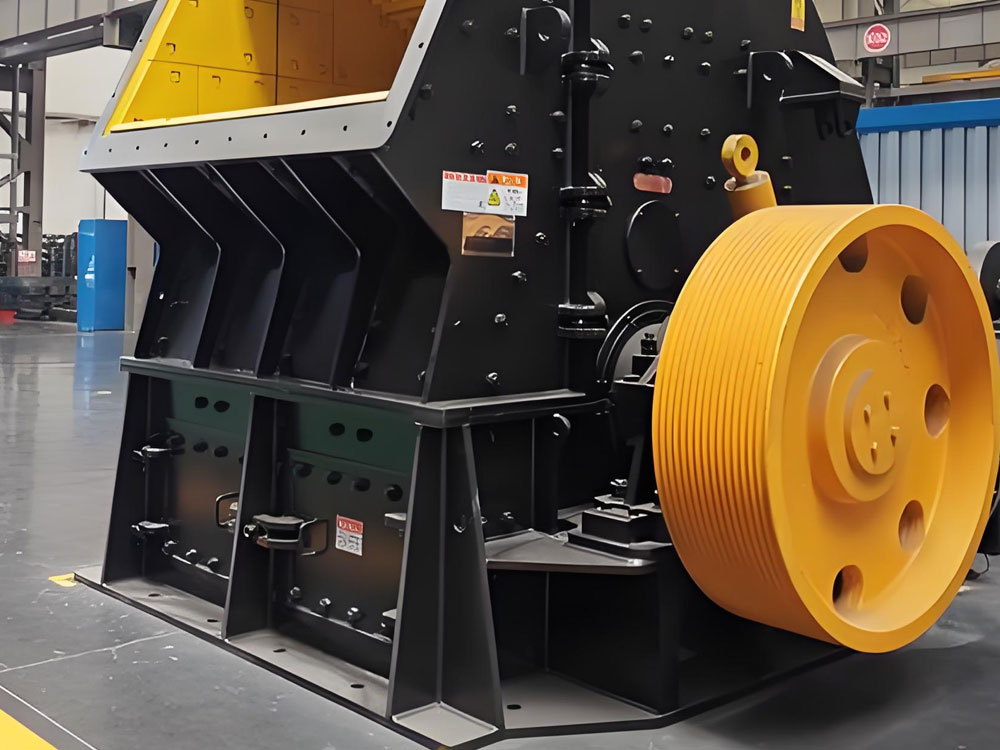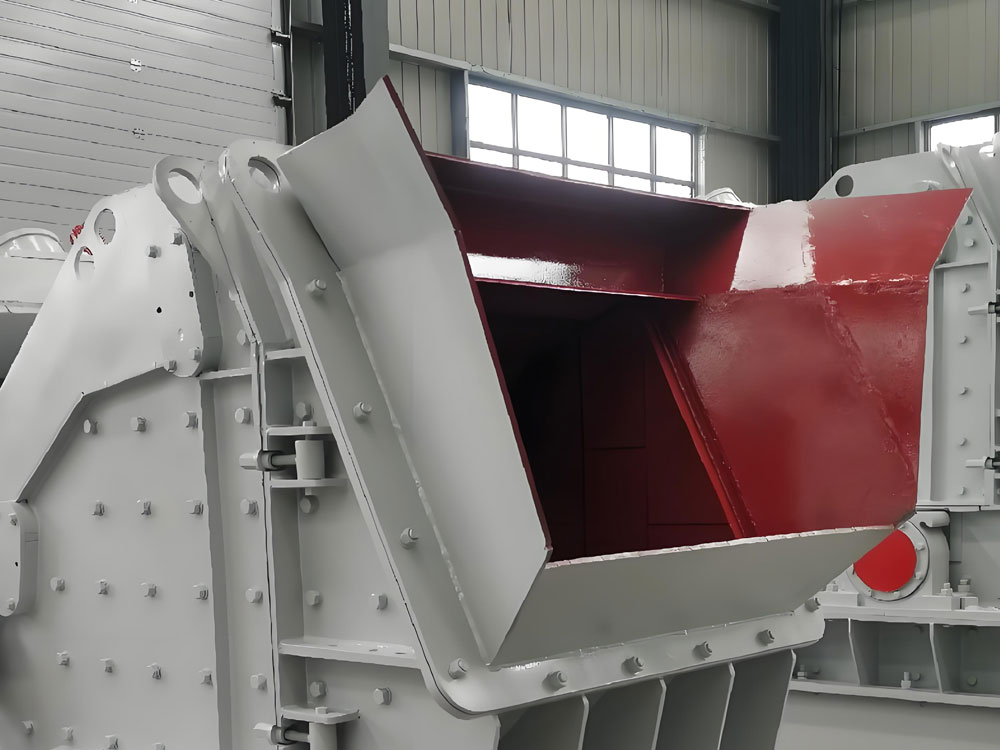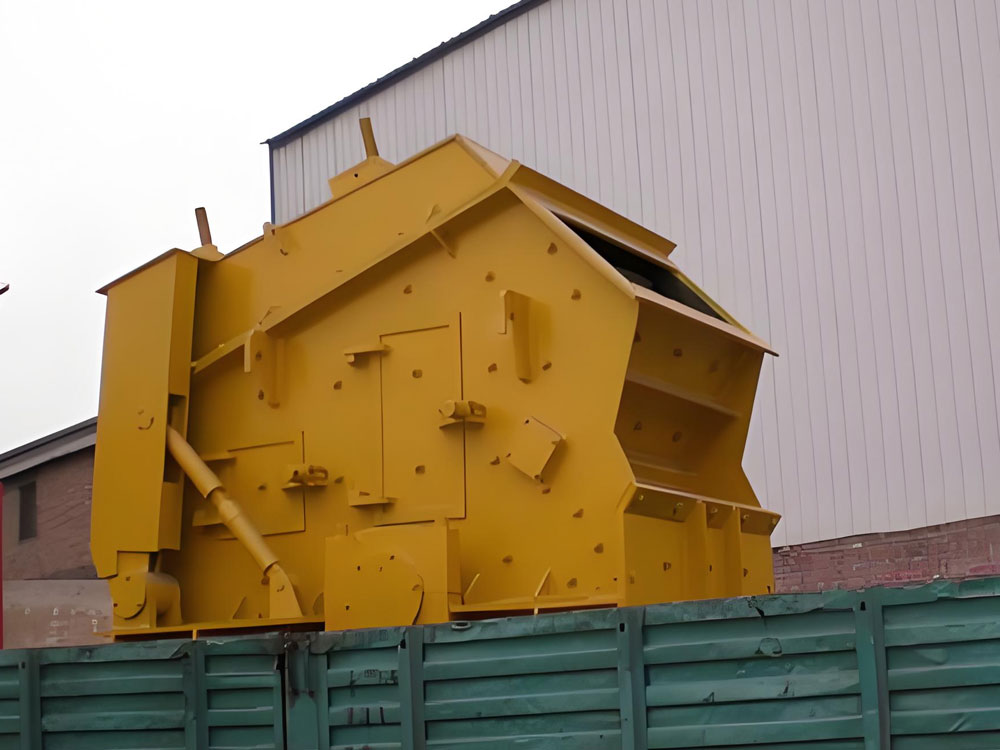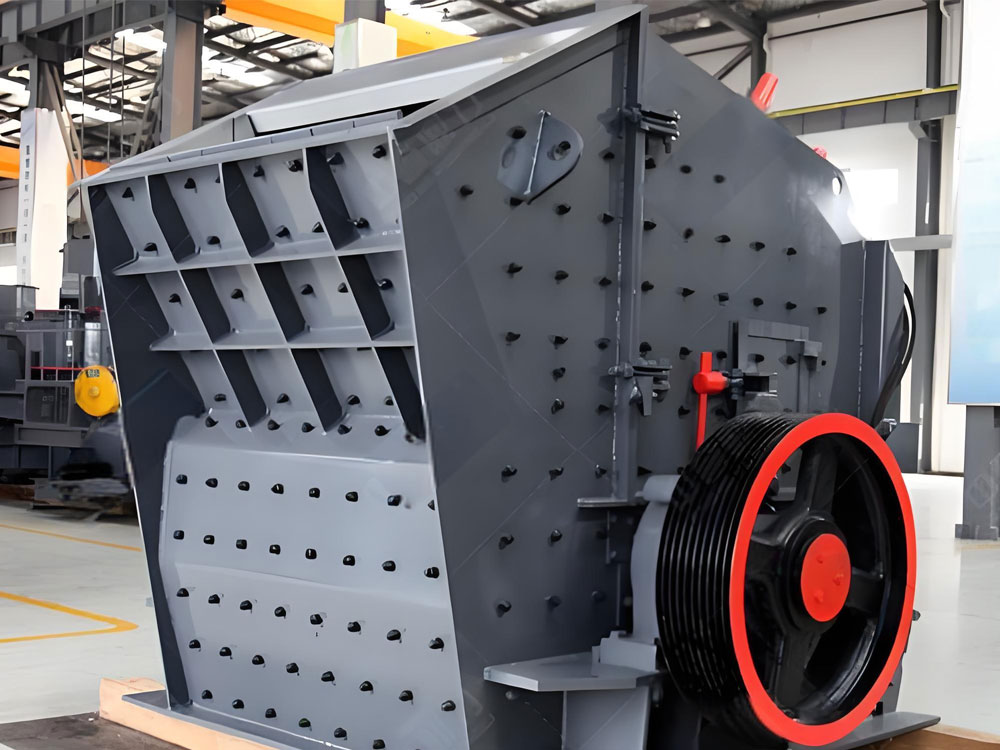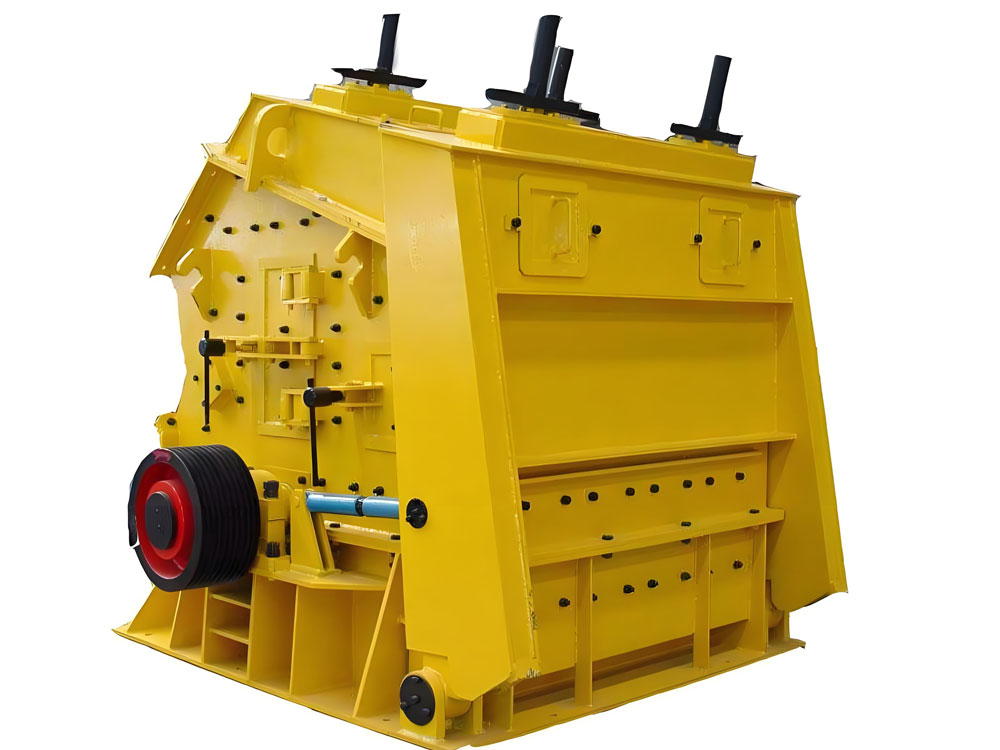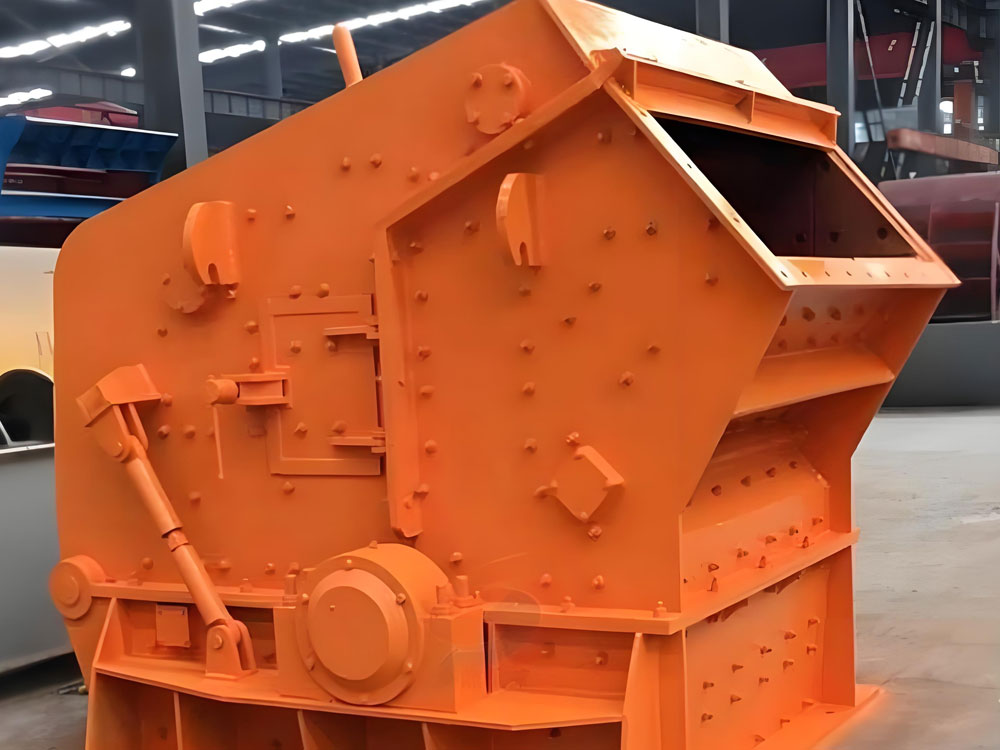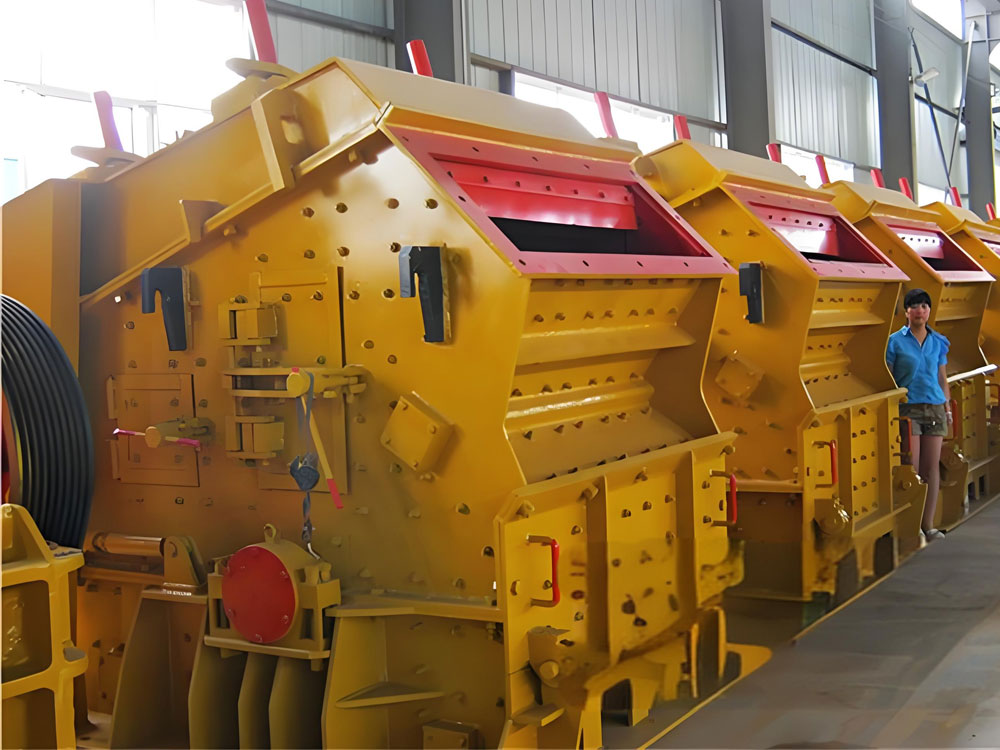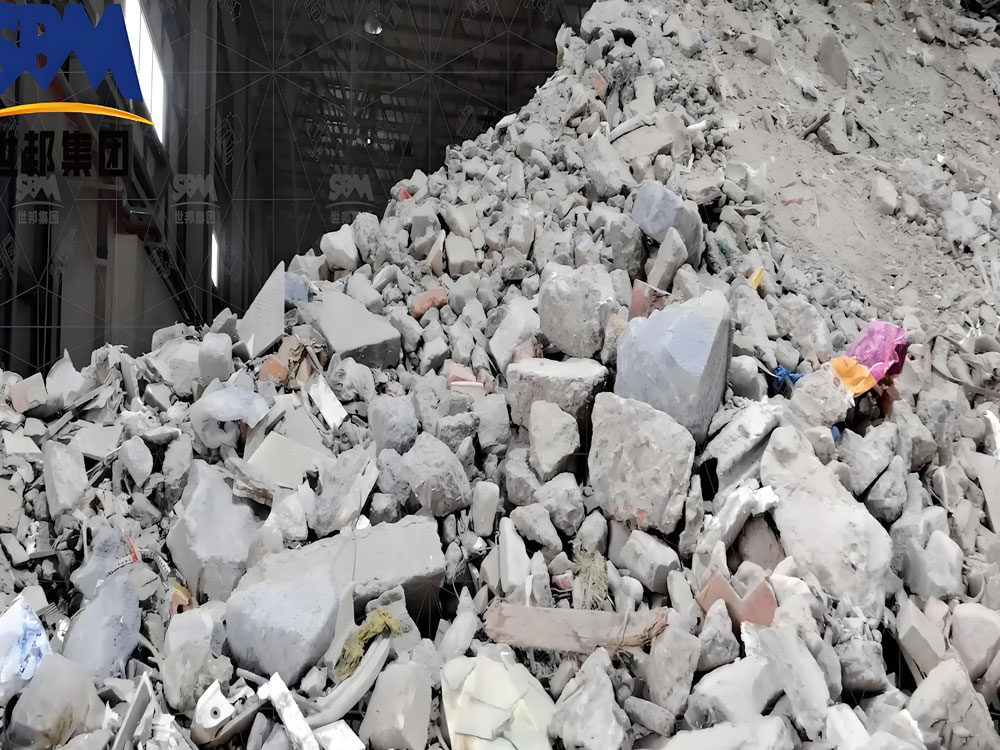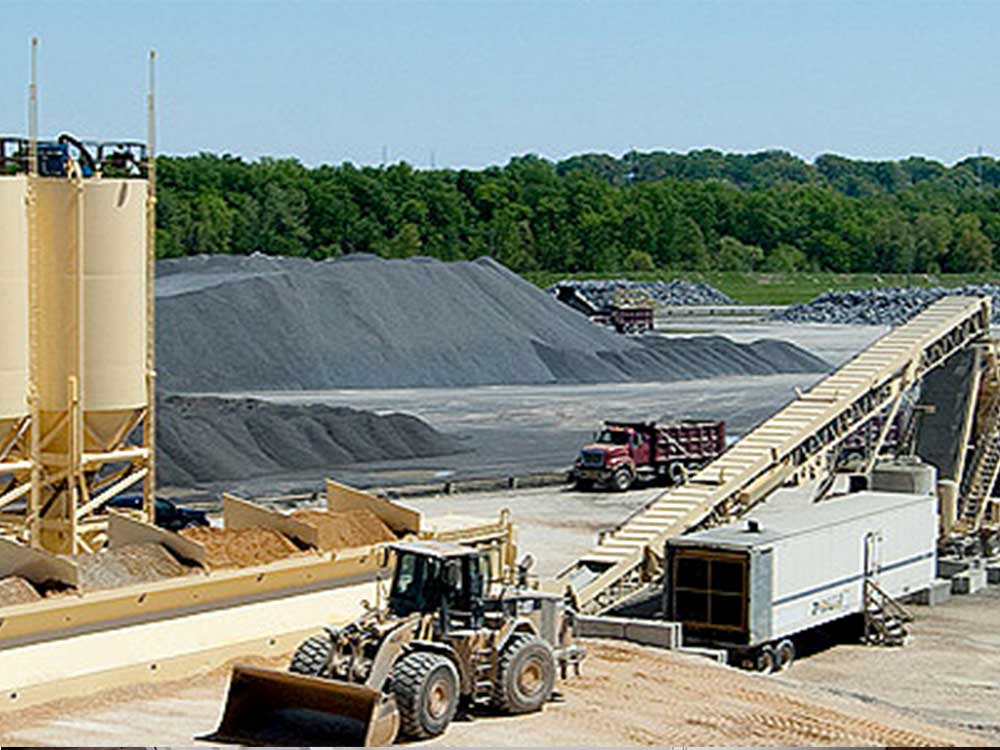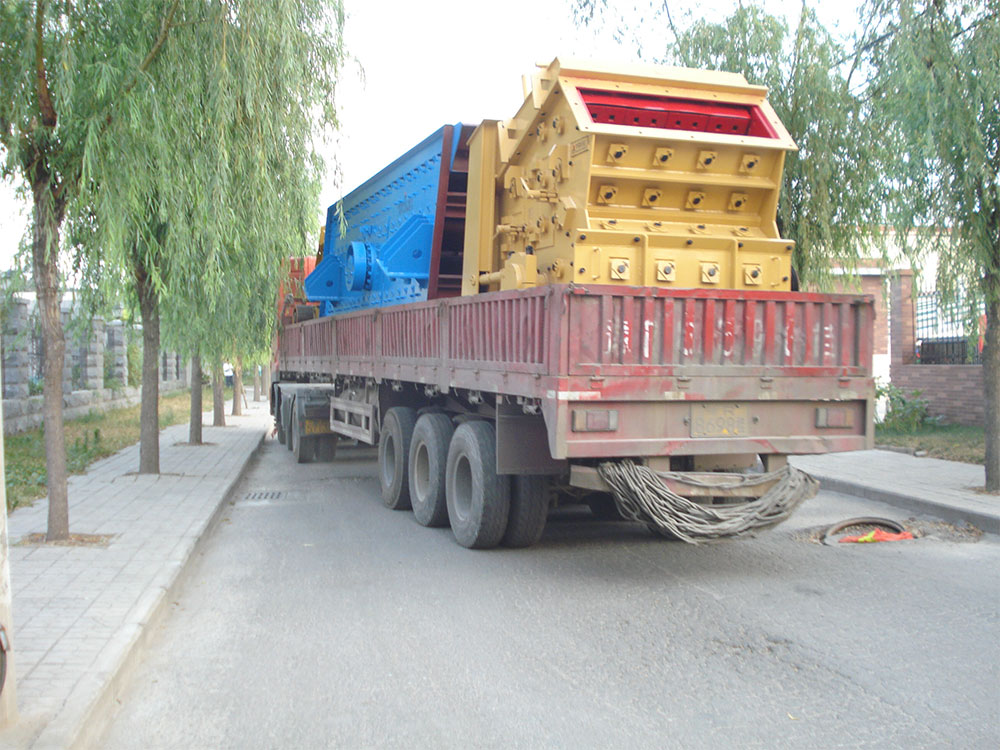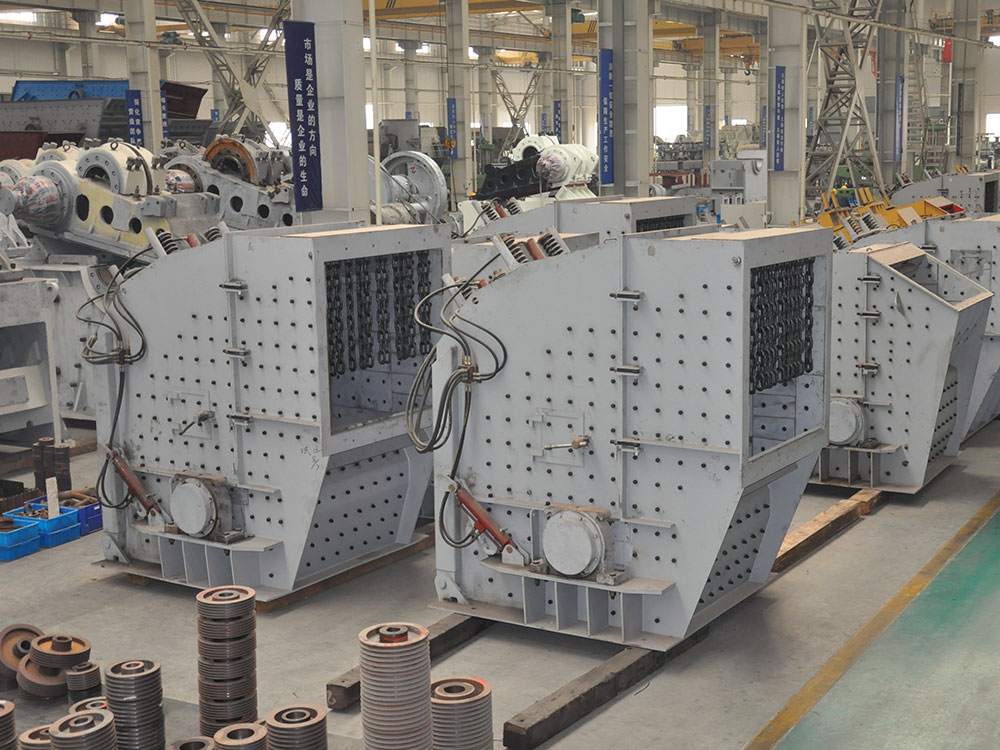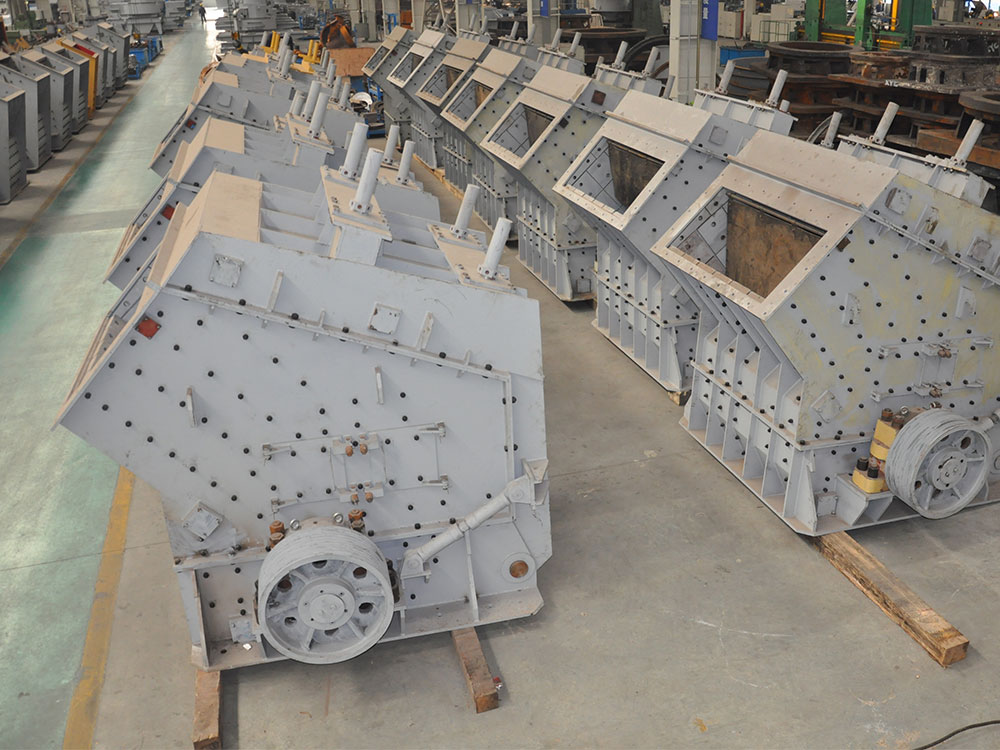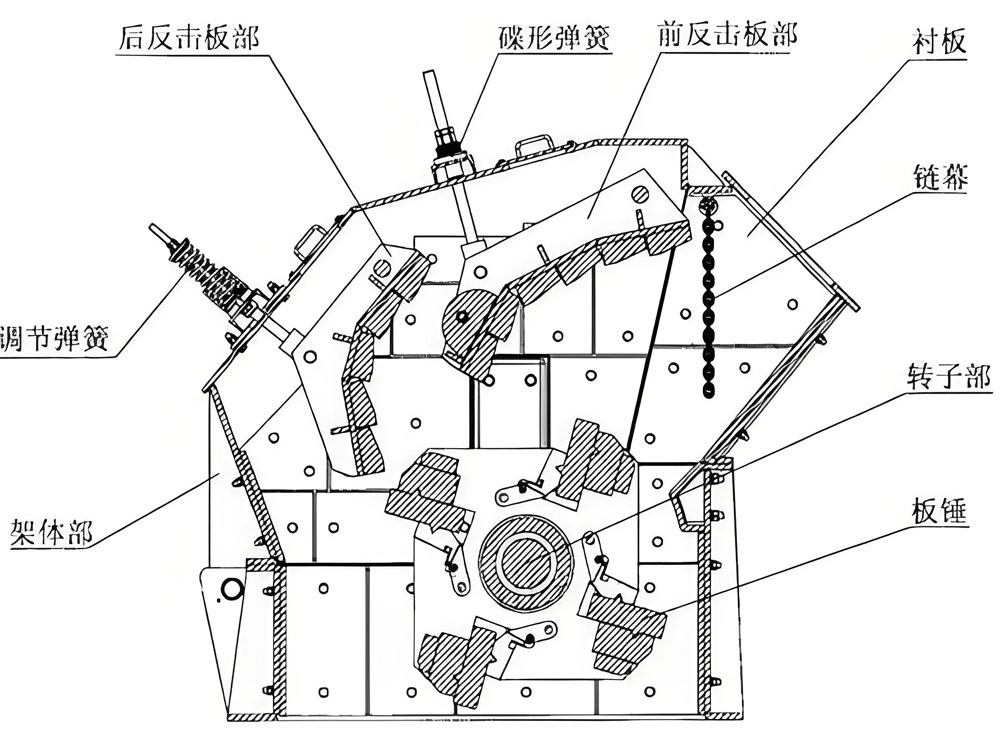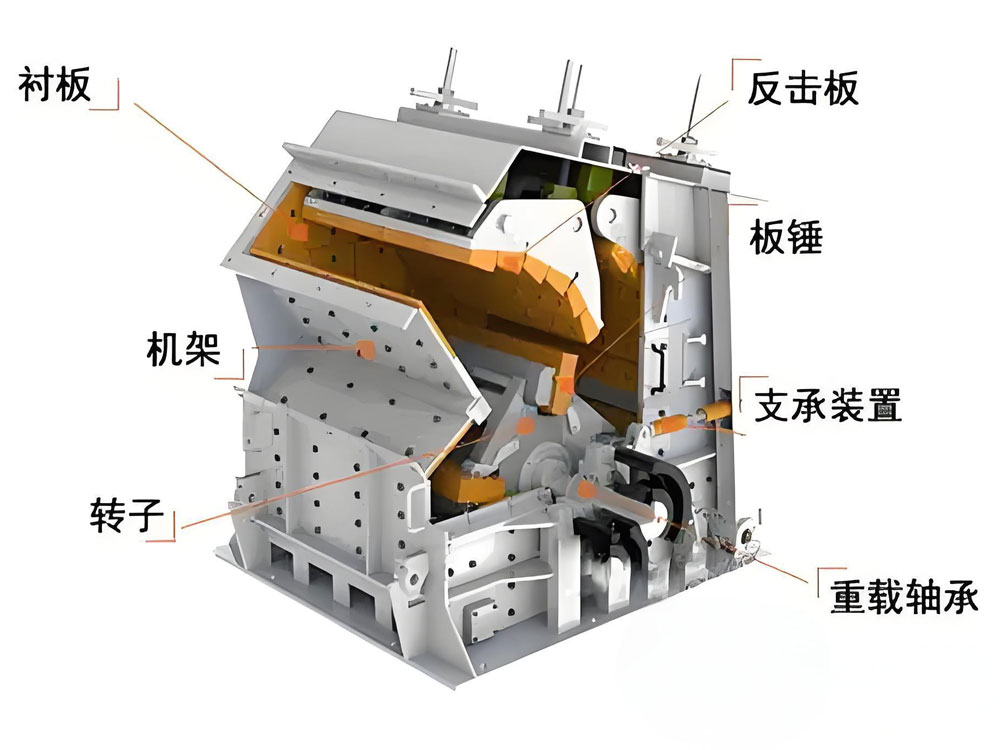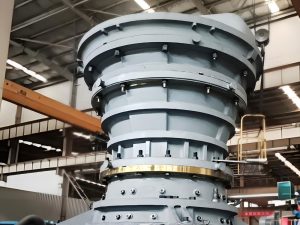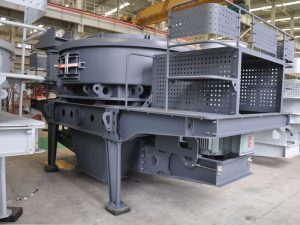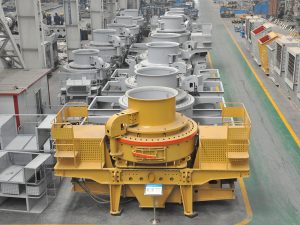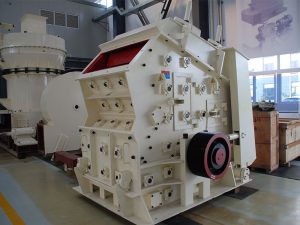CI731 Fixed Impact Crusher Product Parameters and Modular Design Analysis
The CI731 Impact Crusher has a compact and robust structure with extremely powerful processing capacity. It is especially suitable for handling low to medium hardness non-abrasive rocks such as limestone, concrete, reinforced concrete, etc., and can easily cope with a variety of complex working conditions. In mining, it can quickly and efficiently crush large rocks into sand and gravel aggregates of the required size, providing strong support for the subsequent processing process. Meanwhile, in the field of construction waste recycling, CI731 impact crusher also plays an irreplaceable role, which can transform waste concrete, bricks and other construction waste into high-quality recycled aggregates, realising the recycling of resources.
In order to meet the crushing needs of different users, the CI731 Impact Crusher adopts a heavy-duty horizontal shaft rotor design and is equipped with high chrome alloy plate hammers. The single weight of these plate hammers is up to more than 80kg, which generates strong impact force through high-speed rotation (the rotational speed can be adjusted according to the actual demand), causing the material to crack along the natural nodal surface, thus achieving the ideal crushing effect. Meanwhile, the choice of high chrome alloy material also ensures that the plate hammer has extremely high wear resistance and service life, which reduces the operation and maintenance cost of users.
In practical application, CI731 impact crusher supports direct feeding of large materials with grain size ≤1000mm, which greatly improves the crushing efficiency. Meanwhile, users can also adjust the gap between the impact plate and the rotor in real time through the hydraulic cylinder (adjustment range of 5-200 mm), so as to achieve rapid switching between coarse crushing (discharge size of 40-70 mm) and medium-fine crushing (discharge size of 0-40 mm). This flexible and adjustable crushing method not only meets the user's demand for different granularity of finished products, but also further enhances the adaptability and flexibility of the equipment.
CI731 Fixed Impact Crusher Applications
In mining, crushing is a preliminary and critical step for non-abrasive ores such as limestone and granite. These ores are moderately hard and less abrasive, making the crushing process relatively efficient and with less equipment loss. Specialised crushing equipment, such as jaw crushers and cone crushers, are widely used in this field. With precise crushing chamber design and powerful crushing force, they can quickly crush the ore to the required size, providing ideal raw materials for subsequent processing. Meanwhile, with the continuous advancement of technology, the mining industry is gradually transforming into intelligent and green, striving to minimise the impact on the natural environment while safeguarding production efficiency.
Construction waste recycling, on the other hand, is an area that has received increasing attention in recent years as urbanisation accelerates. Construction waste, such as reinforced concrete and asphalt concrete, was often regarded as difficult to handle in the past. However, through advanced crushing, screening and recycling technologies, these wastes can be efficiently converted into recycled aggregates for the production of new building materials. Recycled aggregate not only has physical properties similar to those of natural aggregates, but also has significant advantages in terms of environmental protection. Its wide application not only helps reduce the environmental pollution caused by construction waste, but also effectively saves natural resources and promotes the sustainable development of the construction industry.
In terms of aggregate production, providing high-quality sand and gravel aggregates with 0-40 mm specifications for infrastructure projects such as highways and railways is the key to ensuring the quality of the projects. These aggregates need to go through strict screening, washing and quality control processes to ensure that they are characterised by uniform particle size distribution, low mud content and high strength. High-quality aggregates can not only improve the strength and durability of concrete, but also improve the smoothness of the road surface and driving comfort. Therefore, aggregate producers must focus on technological innovation and quality control during the production process to meet changing market demands and environmental requirements.
CI731 Fixed Impact Crusher Advantages
High capacity and low energy consumption
In the field of modern crushing plants, high productivity and low energy consumption have become important performance indicators. In order to achieve this, manufacturers are constantly optimising the core components of their plants, such as rotor speeds and crushing chambers. Through sophisticated calculations and experiments, they have succeeded in increasing the crushing efficiency by up to 20%, which means that the equipment is able to process more raw materials in the same time, thus significantly increasing the production efficiency. At the same time, the reduction of energy consumption per unit makes the cost of the whole crushing process effectively controlled, creating greater economic benefits for the enterprise.
Convenient Maintenance
In addition to high production capacity and low energy consumption, easy maintenance is also one of the important features pursued by modern crushing equipment. To reduce downtime and maintenance costs, manufacturers have adopted a modular design. This design makes the replacement of wearing parts such as hammers and liners quick and easy, eliminating the need for complicated dismantling processes and thus greatly reducing maintenance time. In addition, the introduction of a fully hydraulic system further simplifies the maintenance process, making routine maintenance and troubleshooting easier.
Controlled particle size
Another highlight of modern crushing plants is the precise and controllable particle size. By adjusting the position of the impact plate, users can flexibly control the size of the finished product to meet different production requirements. This flexibility allows the plant to perform at its best in a wide range of applications, whether it is for fine processing of fine particles or coarse processing of larger particles.
Environment and noise reduction
Modern crushing plants have also made significant progress in terms of environmental protection and noise reduction. Dust and noise generated during the crushing process were significant issues that plagued the industry in the past. However, with advances in technology, manufacturers have succeeded in minimising dust and noise emissions, allowing equipment to operate with much less impact on the surrounding environment. This not only meets the requirements of green production, but also establishes a good social image for the company.
CI731 Fixed Impact Crusher Working Principle
When the materials are sent into the crushing chamber, the first thing that greets them is the primary impact crushing stage. In this stage, the high-speed rotor plate hammers are like violent hammer blows, making the initial impact on the materials. This strong impact force makes part of the material directly broken into smaller particles. The design and optimisation of the rotor hammers ensures that the impact force is maximised and the energy loss is reduced.
However, a single impact is not sufficient to break all material to the desired particle size. Therefore, the incompletely crushed material will be thrown to the impact plate and enter the secondary impact crushing stage. In this process, many collisions occur between the material and the impact plate, as well as between the material and each other. These collisions are like a fine grinding process, further refining the material to smaller particles. The design and adjustment of the impact plate allows users to control the size of the crushed material according to their needs, thus meeting different production requirements.
After primary impact crushing and secondary impact crushing, the material has become relatively fine. However, at this time, not all the particles have reached the discharge standard. Therefore, the crushing plant is also equipped with particle size screening and discharge mechanism. The crushed material will be discharged through the discharge port at the bottom, but before discharge, it will go through a screening process. Substandard particles are reintroduced into the crushing chamber and continue to be recycled until they meet the required particle size. This cyclic crushing mechanism ensures the quality and stability of the final product. During the whole crushing process, all components of the plant are carefully designed and optimised. The materials and shapes of key components, such as rotor plates, impact plates and discharge ports, are chosen to maximise crushing efficiency, reduce energy loss and ensure that the final product size meets the user's requirements.
CI731 Fixed Impact Crusher Technical Parameters
| Max. feed size | 1,000 mm | Width | 3.22 m |
| Power | 440 kW | Height | 2.83 m |
| Length | 3.21 m | Weight | 27,750 kg |


